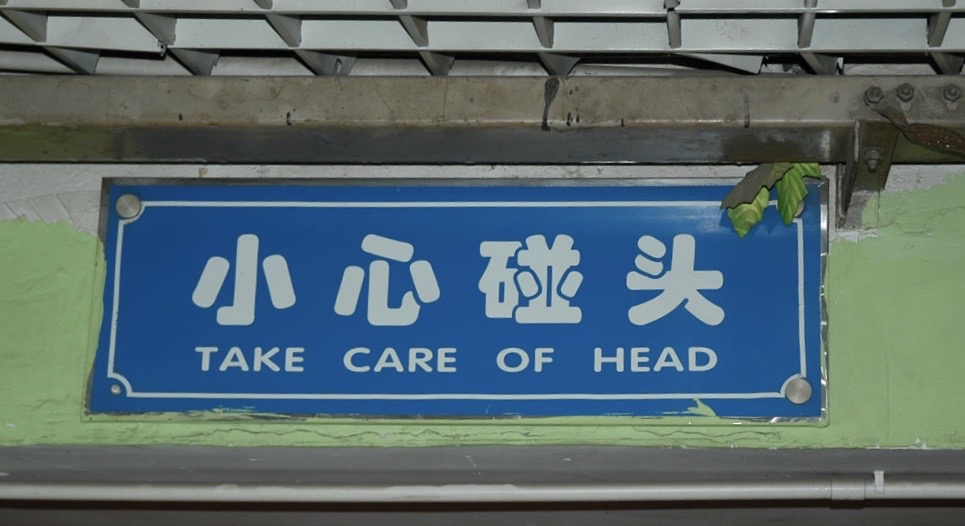Finding Reliable News
When emotions run high in ambiguous, fraught situations, people retreat to what they’re sure of: their own beliefs and values, often accompanied by righteous anger. Righteous anger feels good partly because it seems to simplify complexity and clarify ambiguity.
But when the online “reality” we’re seeing is generated by algorithms based on anger-driven shares and likes and reactions, reality can quickly become a hall-of-mirrors of outrage-driven and polarized information, or even misinformation. As a first step toward building a world based on justice, let’s build it on a firm foundation of facts. Which leads us to the first strategy for finding and sharing dependable information:

It’s that simple: just stop. Don’t retweet, don’t share, don’t like, don’t Google. Hit pause. Information-seeking takes slow, mindful attention. Anger wants to move fast and break things. Give your reaction a few minutes to settle down.
1. Step away
Social media is designed to be addictive, and moral outrage is the fastest-selling drug. If you find yourself scrolling endlessly and/or looking for chances to display your righteousness (or your high-minded neutrality) take a social media break.
2. Pop the bubble
Does your social media network mostly affirm what you believe? Pop that bubble and go in search of more diverse views. Not sure where to start for other perspectives? Try allsides.com, a news aggregator that sorts into right, left, and center.
Re-engage mindfully

Here’s a fact-checking process you can use to check the truth of a story, based on the one in Mike Caulfield’s book Web Literacy for Student Fact-checkers:
1. Look for existing fact-checks
Check fact-checking sites on the internet: Snopes, factcheck.org, and Politifact are all dependable. Give each of those a quick look. If they haven’t covered it yet, take the next step.
2. Look upstream
A lot of news shared on social media is recycled: tweets re-packaged in online stories, details from news articles quoted in blog entries, or even news stories themselves recycled by other news outlets. Find the original source, where the story first entered the news cycle. The purpose: to evaluate whether you can trust the actual source, never mind your friend who shared it or the online article that summarized it.
3. Look sideways
If you’re unfamiliar with a source or news organization, go sideways: Google details about the news outlet and/or the journalist. Do other news outlets regularly quote them? Have they won awards? Has the journalist worked at news outlets you’ve heard of? A shortcut: NewsGuard is a browser plugin that checks news outlets’ ethical standards.
4. Look close
Now examine the original item itself, specifically looking for answers to these questions: What happened? Who did the journalist interview to find out? Are the sources named? (Is it just “a police spokesperson” or is it “Captain so-and-so”?) Did they talk to more than just officials (who are likely to spin a situation to their advantage)? Are there multiple perspectives, or does the whole story depend on one source? Are there photos or videos that confirm the claims? How much of the story is designed to influence rather than inform?
5. Side-eye photos and videos
Things people do with photos: mis-attribute (that was Paris in ‘07, not DC in ‘20), crop, and edit. (You know how easy it is to alter an image using a cheap or free app on your phone.) Things people do with videos: mis-attribute, edit, film from limited perspective, crop, and edit audio. IOW, always get verification that the image or video you’re looking at is complete, unaltered, and sourced and attributed diligently. First Draft News’ Verification Toolbox is what many journalists use.
When a story passes muster, do your part to nudge social media algorithms towards credible sources: share, like, and retweet the story passionately, and share how you confirmed it, to help your friends learn how to help build a fact-based reality.
Interested in more tools? Check out BC Libraries’ News Literacy guide.
Still angry? That’s understandable. Channel that energy into action.